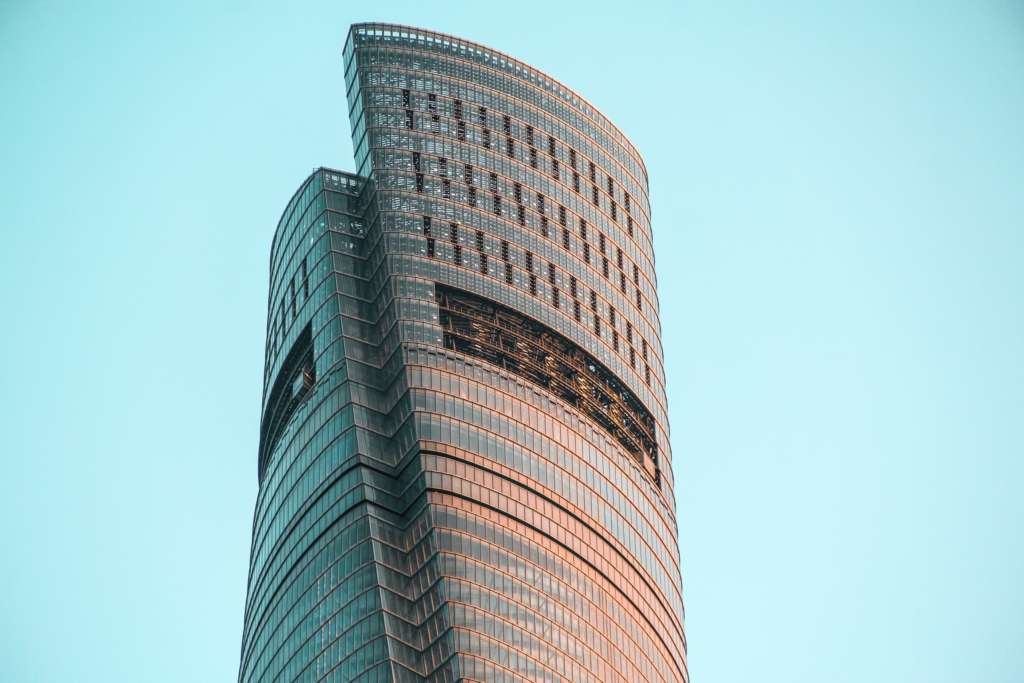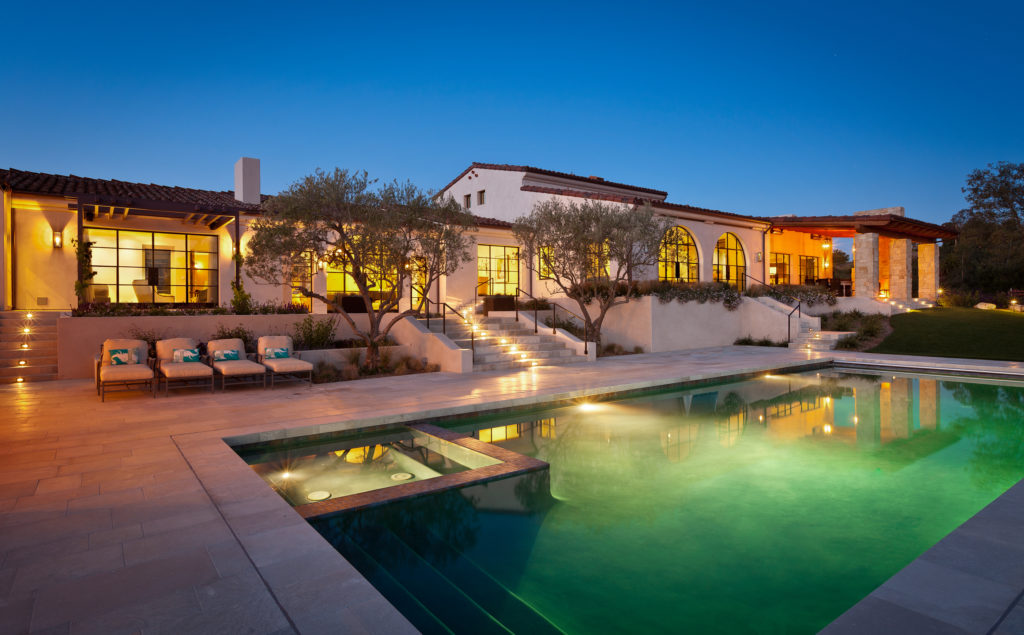
Today, cutting edge architectural design focuses on much more than form and function. In fact, as businesses and consumers wake up to our increasingly harmful impact on the planet, the will to “go green” has made an impression on the very buildings we inhabit, pushing those who design, build, and operate them to look towards more sustainable alternatives than the status quo.
Buildings of all types consume large amounts of energy and resources, with construction, maintenance, and everyday operation being significant contributors to the worldwide climate emergency. According to a study run by the United Nations Environment Programme (UNEP), 30-40% of global energy usage is attributed to buildings, and for this reason, interest in sustainable architecture is gaining momentum, placing environmental preservation and the minimization of resource consumption as a priority.
The Leadership in Energy and Environmental Design (LEED) rating system has become the most relevant and internationally renowned certification for green buildings around the world, pushing both commercial and residential buildings to adopt a greener and more sustainable approach. The certification represents the standard of “healthy, high functioning and cost-efficient green buildings” and a future where infrastructure prioritizes the minimization of carbon emissions and the improvement of indoor environmental quality.
In a world where carbon emissions linked intrinsically to our traditional concepts of infrastructure, numerous buildings which have achieved various levels of LEED certifications are helping to us redesign the places that we live, work, learn and socialize, championing the movement towards a more sustainable path for the very places we inhabit.
Here then, we look at a number of high-profile LEED buildings around the world that are setting the pace for the rest to follow. Read on to discover how they are reaching LEED certification and what that means for our environment.
Shanghai Tower
Shanghai, China
The Shanghai Tower is the second tallest building in the world, seconded only by the Burj Khalifa in Dubai. Accredited with Platinum LEED certification, the building’s sustainability technologies including a third of the site being completely green space, a natural ventilation method which wraps the building between two layers of glass, 200 wind turbines at the very top and a sophisticated water control valve system. These measures have allowed it to save up to $58 million in material costs, cut its carbon footprint by 37000 metric tons every year, and reduce energy consumption by 21%. Many of these savings come from its intelligent heating, ventilation and air-conditioning systems, establishing it as a landmark of sustainable progress under the LEED standard.
Facebook HQ
Menlo Park, CA
The tech giant’s seat at Menlo Park California has been awarded Platinum LEED certification due to its forward-thinking and resource-saving technologies. Powered by 100 percent renewable energy from a solar panel array on the roof that generates 3 megawatts (MW), the building aims to reduce water consumption by 100%, utilizing low energy water circulation systems that process over 60000 cubic meters of water annually. Not only that, but the HQ provides a net benefit to the surrounding natural habitats, securing a home for pollinators, plants and migrating birds on its green roof.
Willis Tower
Chicago, IL
Formerly known as the Sears Tower, this Chicago skyscraper is one of the most iconic buildings in the city’s skyline, and it is appropriate for it to be a leader in environmental architecture and to be awarded a LEED Gold certification. With its 2018 renovation, the sustainable technologies implemented have reduced energy usage by a 20% and cut as much as 30% of the water through the addition of motion sensors and modernized lighting controls with LED fixtures. Furthermore, upgrading the buildings automation system to enhance its heating, ventilation and air-conditioning system and its resource monitoring has set it apart as a US benchmark for green architecture.
Bullitt Centre
Seattle, USA
Although from the exterior it may not present itself as milestone of efficiency and environmentally conscious architecture, Seattle’s Bullitt center boasts a range of sustainability measures that have seen it awarded Platinum LEED certification—with many experts calling it the greenest and smartest office building in the world. Following USGBC’s holistic environmental guidelines, the building was constructed using an “integrated design” method, combining all the aspects that allow this building to achieve its net zero goal rather than separating them. A “central nervous system” in the building analyzes light levels, CO2 emissions, outdoor and indoor temperatures as well as wind speed and sun intensity to accurately and efficiently control heating, cooling, ventilation and lighting inside the building.
Vancouver Convention Centre (VCC)
Vancouver, Canada
Also boasting a LEED Platinum certification, the VCC has implemented breakthrough green technologies, not only allowing it to save 2.2 million kWh in energy but also enabling it to reduce its carbon emissions by 750 to 800 tons of carbon dioxide every year. Like many other LEED contemporaries, the Vancouver Convention Centre has landscaped its entire six-acre rooftop with more than 400,000 indigenous plants from the neighboring gulf islands, providing a safe habitat for numerous species of birds and insects, while also acting as an insulator to regulate the temperature of the building. With state-of-the-art green practices and waste monitoring, an advanced recycling system operating throughout the complex aims to divert about 1 million kilograms of waste, as well as to recycle 44,000 kilograms of organic waste annually, while already prioritizing the use of recyclable materials and low energy expenditure for transportation by the promotion of locally-sourced and grown products.
TAIPEI 101
Taipei, Taiwan
Among the tallest constructions in the world, Taipei 101 was built with an advanced environmentally sustainable design, setting it as a standard for green performance and excellence on the Asian continent and earning a LEED Platinum certification. The building saves more than 28 million liters of water each year with the help of low flow water appliances and a highly modern management system that recollects and processes rainwater.
Proving its commitment to energy efficiency, the building has implemented Energy Management and Control Systems (EMCS) allowing managers to adjust its heating and cooling systems as well as lighting schedules for optimal energy reduction, while also maintaining the wellbeing of the workers. These strategies have facilitated an extremely low energy consumption of about 33.41 million kWh a year, as well as an annual saving of more than 2 million US$ per year.
These high-profile constructions, among them skyscrapers and office buildings, provide examples of the technologies architects and governments should carry out to promote environmental consciousness in the places we work and live. Championing the green building revolution, LEED has facilitated resources and requirements to achieve a lower carbon footprint and resource management.




